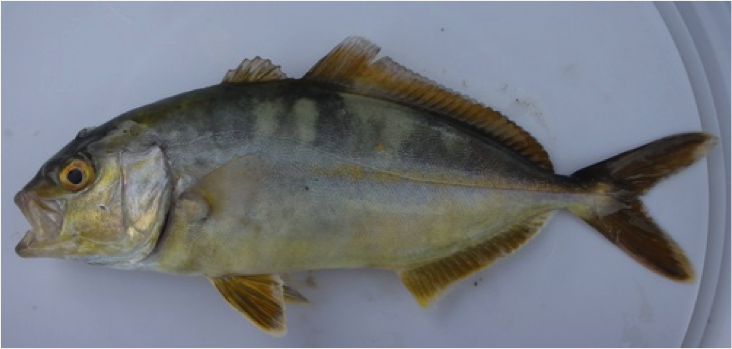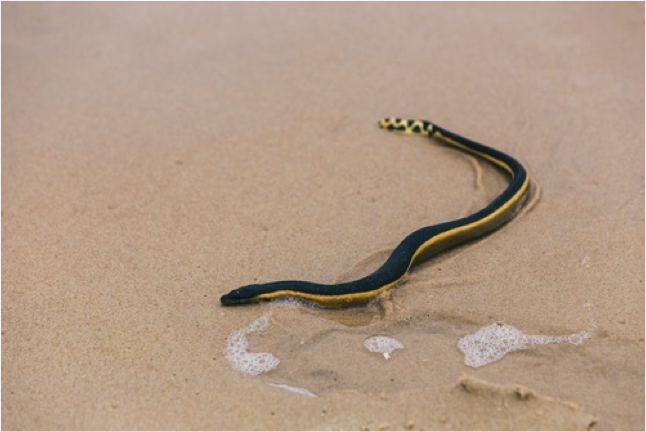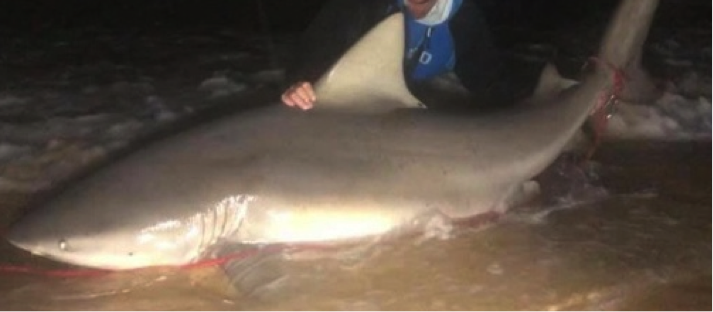
Jun 3, 2019 | Wildlife
Climate Experience: Citizen spotted an amberjack fish, a species not usually found in cold Victorian waters. Explanation: The East Australian Current has extended 350kms south since the 1940s, increasing Victorian water temperatures, enabling warmer water species to...

Jun 3, 2019 | Wildlife
Climate Experience: Citizen spotted a yellow-bellied sea snake, a species not usually found in cold Victorian waters. Explanation: The East Australian Current has extended 350kms south since the 1940s, increasing Victorian water temperatures, enabling warmer water...
Jun 3, 2019 | Wildlife
Climate Experience: Citizen spotted a yellow-bellied sea snake, a species not usually found in cold Victorian waters. Explanation: The East Australian Current has extended 350kms south since the 1940s, increasing Victorian water temperatures, enabling warmer water...
Jun 3, 2019 | Wildlife
Climate Experience: Citizen spotted a striate anglerfish, a species not usually found in cold Victorian waters. Explanation: The East Australian Current has extended 350kms south since the 1940s, increasing Victorian water temperatures, enabling warmer water species...

Jun 3, 2019 | Wildlife
Climate Experience: Citizen spotted a bull shark, a species not usually found in cold Victorian waters. Explanation: The East Australian Current has extended 350kms south since the 1940s, increasing Victorian water temperatures, enabling warmer water species to...
Jun 3, 2019 | Wildlife
Climate Experience: The number of bogong moths found in caves across the Australian Alps has decreased by the millions. Explanation: The decline in numbers is due to a lack in rainfall; the region needs enough rain for vegetation to grow sufficiently to feed the...




